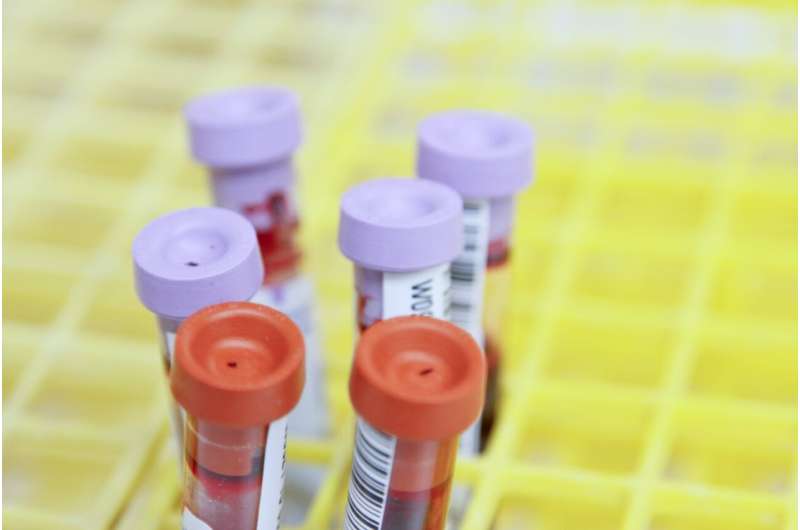Innovative Fluid Dynamics Model Promises Better Brain Shunt Design for Hydrocephalus Patients

Harvard engineers have developed a novel fluid dynamics model to design personalized, more effective brain shunts for hydrocephalus patients, reducing complications and reoperations.
Millions around the world suffer from hydrocephalus, a condition characterized by an abnormal accumulation of cerebrospinal fluid (CSF) in the brain, which can lead to increased intracranial pressure and neurological damage. The most common treatment involves surgically implanting shunts that divert the excess fluid away from the brain. However, these shunts often pose challenges such as blockage, infections, and the need for replacement surgeries.
Recognizing these limitations, bioengineers at Harvard's John A. Paulson School of Engineering and Applied Sciences (SEAS) have developed a groundbreaking computational model that accurately simulates CSF flow within the brain's ventricle system. Led by Postdoctoral Fellow Haritosh Patel, and working alongside prominent researchers Joanna Aizenberg and Venkatesh Murthy, the team’s research aims to revolutionize shunt design by tailoring devices to individual patient's anatomy.
The team’s model, called BrainFlow, integrates detailed anatomical data, physiological parameters, and biomolecular transport mechanisms to provide a comprehensive picture of fluid dynamics in the brain. By incorporating patient-specific medical imaging and pulse-induced flow data, BrainFlow offers insights into optimal shunt placement, geometry, and materials, potentially reducing the rate of complications.
Current shunt procedures often require multiple reoperations, especially in elderly patients, due to obstructions or infections. Patel emphasized that many existing shunt designs do not sufficiently consider the complex fluid behavior in the brain, which resembles household piping but with a far more intricate environment. The lack of a standardized fluid flow model for the brain's ventricles has hindered progress.
To address this, the researchers created BrainFlow, which not only models fluid flow but also aids in testing different designs virtually. The ultimate goal is to facilitate the development of patient-specific, biomimetic shunts that function more efficiently and with fewer complications. The team is currently using the model to evaluate various shunt configurations and predict their efficacy.
Aizenberg highlighted that combining improved geometries with advances such as anti-biofouling coatings could lead to smoother device integration, reducing the risk of immune response and blockage. This innovative approach could significantly enhance quality of life for hydrocephalus patients, minimizing invasive revisions and long-term risks.
This research has been published in the Proceedings of the National Academy of Sciences and marks a significant step toward personalized medicine in neurosurgery, promising safer and more effective treatment options for hydrocephalus in the future.
Stay Updated with Mia's Feed
Get the latest health & wellness insights delivered straight to your inbox.
Related Articles
New Treatment Regimen Extends Blood Cancer Remission by Seven Months
A groundbreaking clinical trial has demonstrated that a new combination therapy can extend remission in multiple myeloma patients by an average of seven months, improving quality of life and offering new hope for treatment.
Indigenous Perspectives on Elderhood Teach Valuable Lessons for Healthy Aging
A new study reveals how Indigenous communities define elderhood, emphasizing its role in promoting healthy aging, cultural preservation, and community resilience through wisdom and service.
Emergency Department Staff Report Job Satisfaction Despite Challenges of Burnout and Retention
A global survey shows that emergency medicine staff report high job satisfaction despite persistent challenges like burnout and staff retention issues, highlighting the importance of support and organizational improvements.



